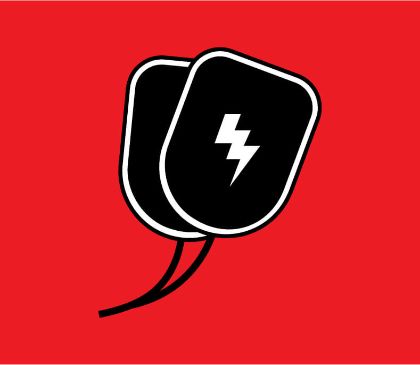True or False: “AEDs can cause more harm than good”
- Oct 7, 2019

More often, you may hear about why you should have an AED, facts and figures about them, and so on. It is less often that you hear misconceptions the public has about AEDs.
Some people think they are dangerous, or that you must be medically-trained to use them. I have even heard the statement, “An AED can cause more harm than good” more than once; this is completely false. An Automated External Defibrillator (AED) is designed to be easy to use and to not fail under normal circumstances (normal defined by the device being properly maintained). All AEDs include some type of simple instructions for potential rescuers to follow, whether its graphics on the device, voice instructions or both to walk the rescuer step-by step through a stressful situation.
Upon placing electrodes (pads) on the victim’s chest, the device first analyzes the victim’s heart rhythm for chaotic cardiac arrhythmias and then the AED determines whether the patient needs to be shocked. Depending on the unit, a prompt to “press the shock button” or “stand back, shock advised” will be given to the rescuer. If the victim’s heart does not need to be shocked, no shock will be given. There is no harm done to the patient and the AED will prompt the rescuer to continue performing CPR until EMS responders arrive.
AEDs are made for the public, to be used by the public. Thanks to the latest technology in the ever-changing medical device world, we have AEDs that are produced with the public, health care workers, and first responders in mind. While formal AED training certainly boosts user confidence, it is not required. In an emergency situation, bystanders who witness an SCA event can and should immediately begin chest compressions and use the closest AED available after calling 911.









 CALL US:
CALL US: